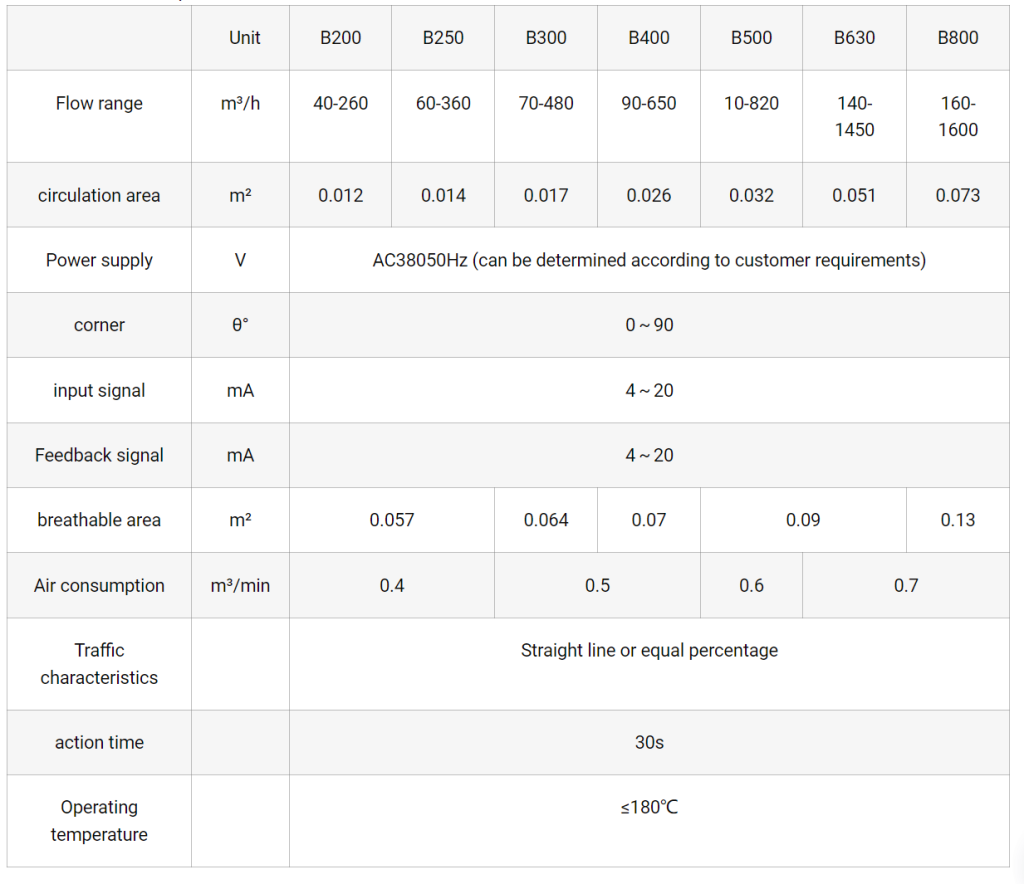1. Overview:
The motorized flow control gate is used to control the amount of material discharged, and is usually used with a pneumatic switch valve. The material first passes through a small chute to fluidize the material, and then enters the flow valve, which can avoid the formation of a material column in the flow control part. The flow control valve is adjusted by an electric actuator to adjust the opening of the valve remotely to meet the system’s requirements for adjusting the flow rate. It is widely used in building materials, metallurgy, chemicals, grain, glass and other industries.
2. Structural features
The motorized flow control gate is scientifically and reasonably designed, compactly structured, and has a U-shaped notch on the valve core. The flow rate can be controlled by adjusting the notch opening. A gasket is provided at the inlet of the valve to separate the valve body from the valve core. The radial clearance between the gasket and the valve core can be adjusted to ensure the flexibility of the valve core operation. The flow control valve is equipped with an electric actuator or can be customized on demand.
3. Technical parameters:

4. Working Principle
The motorized flow control gate is mainly composed of valve body, sealing gasket, bushing, valve core, bearing, air permeable layer, air filling groove and transmission device. The fan provides low-pressure and small-volume air, which is inflated by the air filling groove through the channel port. The gas passes through the air permeable layer and blows upward evenly, which drives the material to move upward. When the material falls by its own weight, the equipment installation slope causes displacement, which is repeated to cause the material to move forward. The actuator drives the coupling and the valve core to move to adjust the material flow.
5. Instructions for use
Before installation, please check whether there is any debris attached to the inner cavity, otherwise it will block the U-shaped valve core or damage the valve parts. Check whether each transmission part is flexible and reliable. During installation, the transmission part is not allowed to be used for hoisting, and it is strictly forbidden to damage it. A sealing gasket needs to be added between the two flange connections, and then the connecting bolts are tightened evenly.

